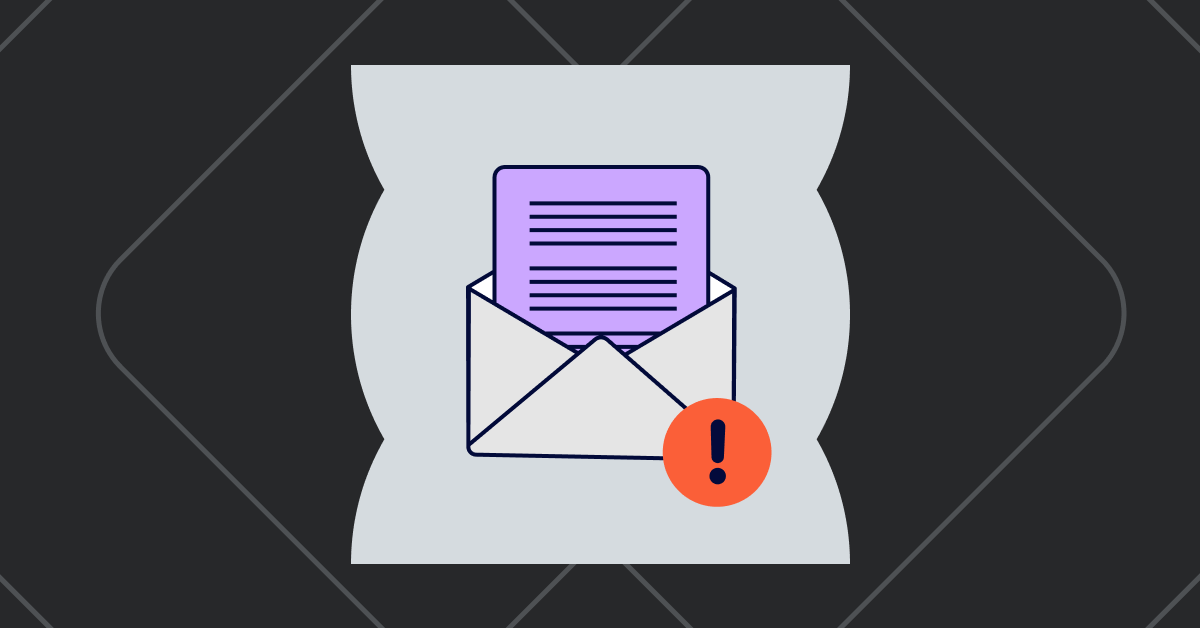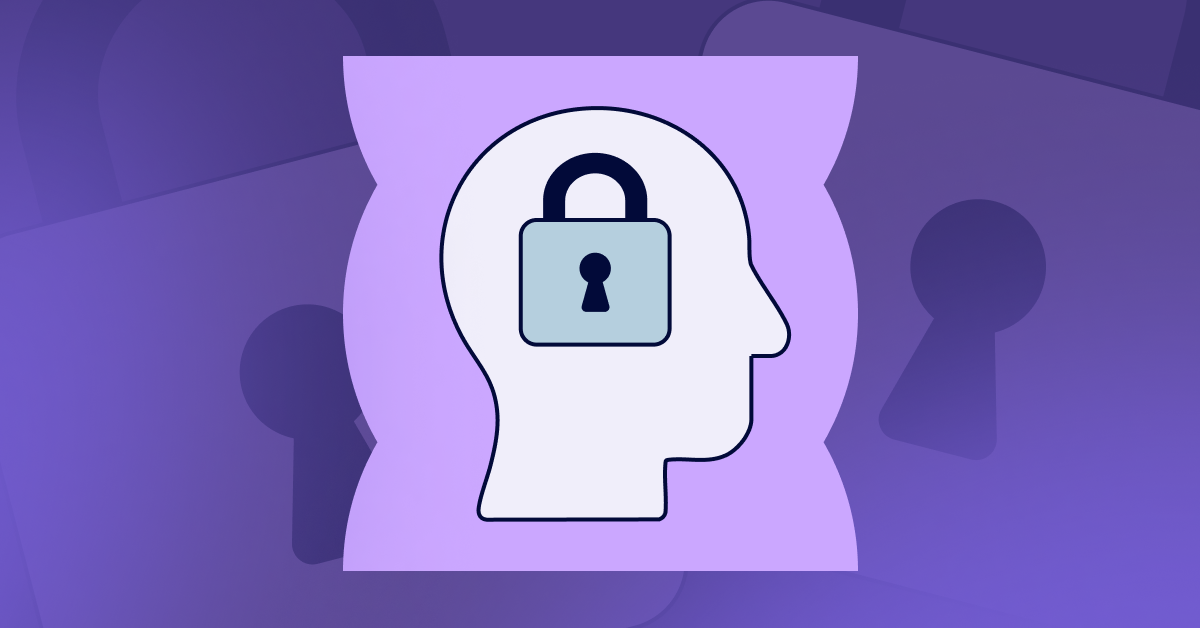I Found 9 Active Admins on a Google Sheet
When everyone has admin access, no one’s really in control. In this post, we explore the hidden risks of over-permissioned users in cloud platforms like Google Workspace and Microsoft 365—where unchecked access can lead to data breaches, compliance failures, and operational disruptions. Drawing from real-world examples and industry data, we explain why admin sprawl happens and how growing businesses can stop it before it becomes a liability. You'll learn five practical, scalable solutions—like role-based access control, offboarding automation, and least privilege enforcement—that reduce risk without slowing down your team. This guide is essential reading for business leaders ready to take control of their digital environment and secure their growth.
.png)
You’re moving fast. You’ve got files to share, projects to delegate, vendors to coordinate with. So someone says, “Just give them access.” And they do. Admin access, no less.
It seems harmless, until you check the permissions on a single Google Sheet and see that half the company, a couple of vendors, and a random Gmail account all have full control. And no one even knows who added them.
This isn’t an edge case. It’s common. According to IBM’s 2024 Cyber Resilience Report, 62% of breaches in SMBs stem from misconfigured or excessive access rights. Most of them go undetected until it's too late.
If you’re not actively managing who has access to what—especially admin-level access—you’re not just risking data. You’re risking operations, compliance, and trust.
In this post, we’ll break down why uncontrolled access is more dangerous than most growing companies realize, what you can do to fix it, and how to prevent it from happening again.
Too Many People Have Admin Access, What’s the Risk?
This isn’t about a spreadsheet. It’s about what the spreadsheet represents: a pattern of unmanaged, excessive access.
Here’s what we typically find:
- Former employees still have admin permissions
- Vendors or contractors granted admin for “temporary” use
- No central owner for access reviews or permission management
- Admin access granted as a shortcut instead of assigning the right role
Most businesses don’t track admin access across platforms like Google Workspace, Microsoft 365, Dropbox, or Slack. So they don’t realize how many people can:
- Invite new users
- Edit or delete sensitive documents
- Change sharing settings
- Remove audit trails
According to a 2023 Varonis report, 76% of SMBs had over-permissioned access in their cloud environments, and 58% of sensitive files were open to more people than necessary.
The business impact?
- Security breaches: Anyone with admin rights becomes a high-value target.
- Compliance violations: Especially under HIPAA, SOC 2, or CCPA.
- Operational disruption: Files get deleted. Data gets leaked. No one knows who did it.
- Accountability gaps: When something goes wrong, you’re left guessing who had the keys.
5 Ways to Prevent Admin Sprawl in Your Business
1. Limit Admin Rights by Role, Not by Default
What it is: Role-based access control (RBAC) defines who can do what, based on their job, not convenience.
Why it matters: Giving admin rights “just in case” is a shortcut that creates long-term risk.
How to implement:
- Create permission templates for each department
- Assign access by job title, not individual request
- Review those roles every 6 months
Business impact: Reduces unnecessary exposure, ensures people only access what they need, and strengthens internal accountability.
2. Automate Offboarding
What it is: A defined process to revoke access the moment someone leaves the company.
Why it matters: It’s easy to forget to remove access manually. Automation removes the human error.
How to implement:
- Link HR and IT systems through identity management tools
- Use automated triggers to deactivate users and licenses
- Log all deprovisioning steps for audit purposes
Business impact: Protects your data, closes doors quickly, and reduces the window for misuse after departure.
3. Run Quarterly Access Reviews
What it is: A recurring process to review and clean up permissions.
Why it matters: Access needs change. What someone needed in January might be risky by July.
How to implement:
- Pull permission reports from tools like Google Admin or Microsoft Entra
- Work with department leads to validate or revoke access
- Document every change and schedule the next review
Business impact: Keeps your access map accurate and ready for internal or external audits.
4. Use Centralized Access Management Tools
What it is: Software that helps you see and manage access across your cloud tools in one place.
Why it matters: You can’t protect what you can’t see. Most breaches come from platforms where no one’s watching.
How to implement:
- Deploy tools like BetterCloud, Torii, or Microsoft Defender for Cloud Apps
- Set alerts for privilege escalation (e.g., someone suddenly becoming an admin)
- Regularly scan for external sharing and dormant accounts
Business impact: Gives IT visibility, saves time, and helps catch access risks before they turn into incidents.
5. Apply the Principle of Least Privilege
What it is: Every user gets the minimum access necessary to do their job.
Why it matters: The fewer doors someone can open, the lower the risk of something going wrong—accidentally or intentionally.
How to implement:
- Default everyone to “Viewer” or lowest-tier roles
- Require a justification process for elevated access
- Automatically downgrade access after project completion or inactivity
Business impact: Builds a culture of security while maintaining productivity and agility.
Conclusion: The Access You Ignore Is the Risk You Inherit
If you haven’t checked who has admin access lately, you’re not alone. But that doesn’t make it safe. What feels like a simple convenience—giving everyone full access—can quickly spiral into exposure you didn’t see coming.
Access it’s about who you trust with control, who’s responsible for oversight, and how seriously you take your company’s digital boundaries.
Now’s a good time to ask yourself: When’s the last time you reviewed who has admin access to your files? If you don’t know—start there.
we can help
Did you enjoy this content?
Subscribe to our newsletter and get weekly tips on leveraging technology to supercharge your business operations. Don't miss out on the strategies that could transform your company!

